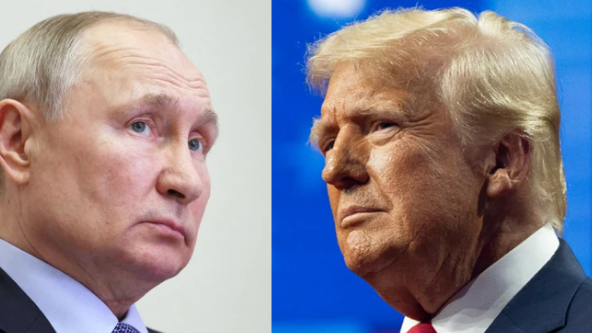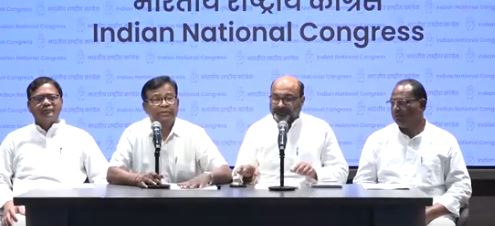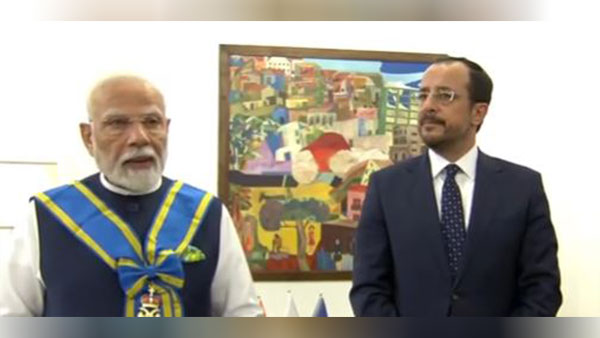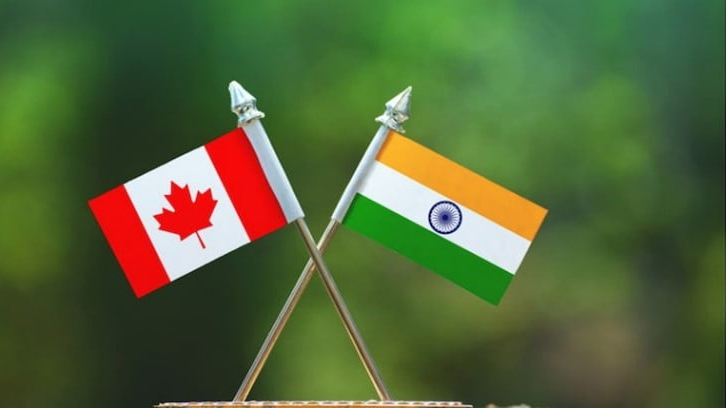
PM Modi's G7 Visit to Canada Carries Hopes of Mending Bilateral Relations.

A Legacy of Warnings: The Boeing 787 Dreamliner's Long History of Safety Concerns Before the Air India Crash

More Than a Festival: Shero Properties and Odisha Women in Dubai Host Rajo Utsav, Unveil 'OdiaRise' Platform
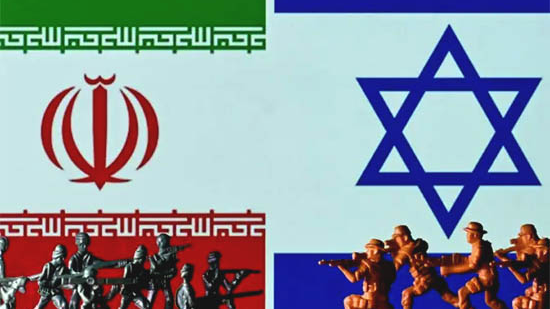
Tel Aviv Under Fire: Iranian Ballistic Missiles Penetrate Iron Dome in Large-Scale Attack

Katrina clinches ‘Best Actress’ Award in Indie Film Festival

Germany emerging as first choice for Indians to aspire High Tech studies & life-skills

Global outage of ChatGPT, disruption in India & US affects services
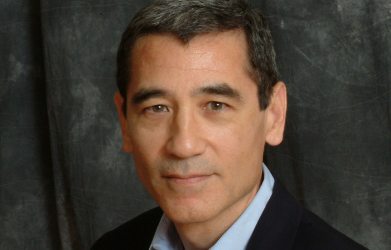
‘China Expert’ Warns of Deadly bio-weapon Risk – following Arrest of Chinese Nationals for Smuggling Dangerous Pathogen

Alcaraz Defends Roland Garros Crown in Marathon Thriller, Outlasting Jannik Sinner in Longest French Open Final

Climate change & green house effect deepening threats for oceanic biodiversity

FAO Forecasts Record Cereal Production in 2025-26, Signaling Recovery After Current Year's Dip

“Resilience Must Be Rooted in Development”: Dr. P.K. Mishra at Global Meet in France

PM Modi addresses the International Conference on Disaster Resilient Infrastructure
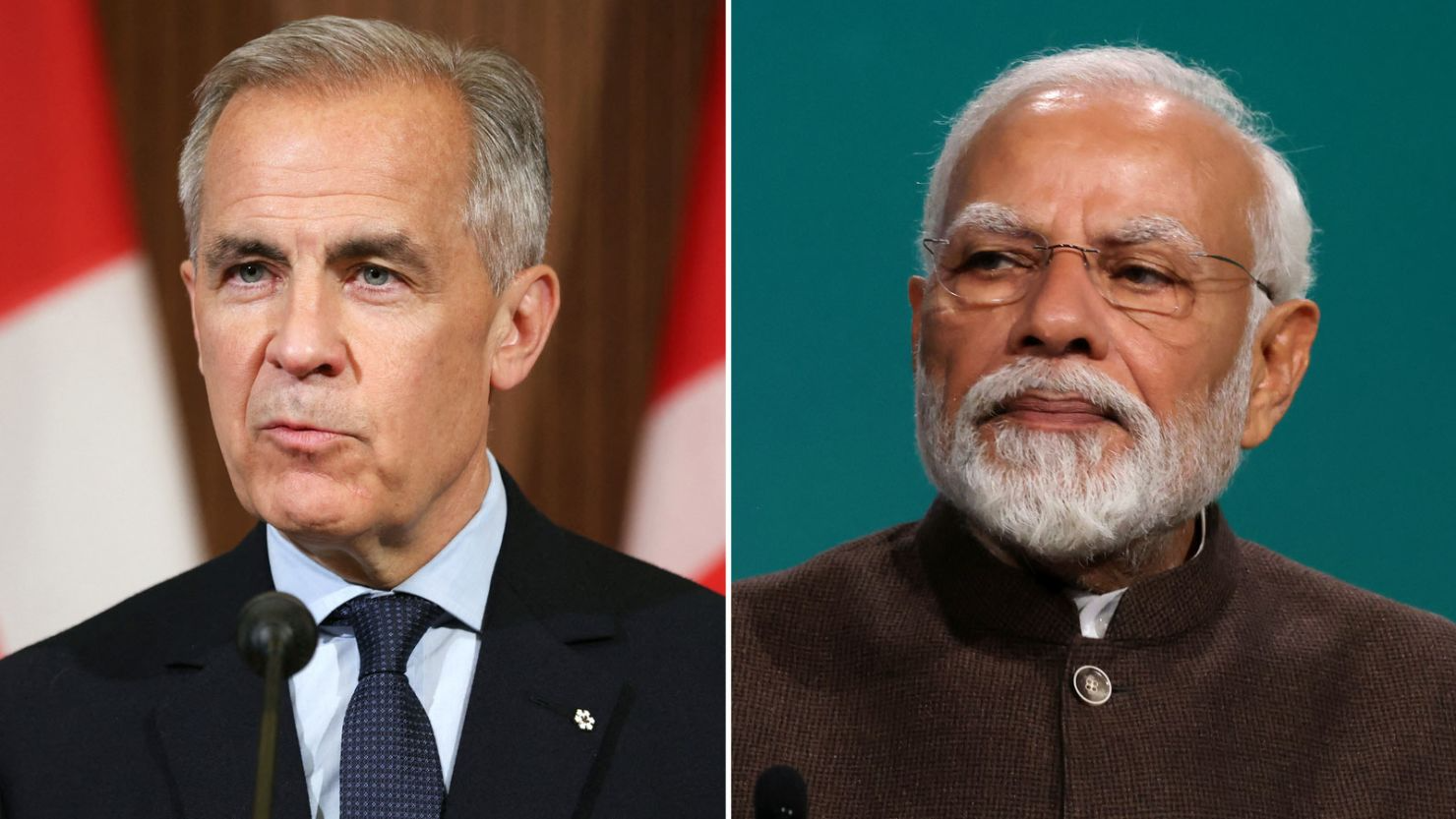
Mark Carney Confirms PM Modi's G7 Invite, Highlights India's Global Economic Importance

Magnus Carlsen Secures Seventh Norway Chess Title Amidst Final-Round Drama and Heartbreak for Gukesh
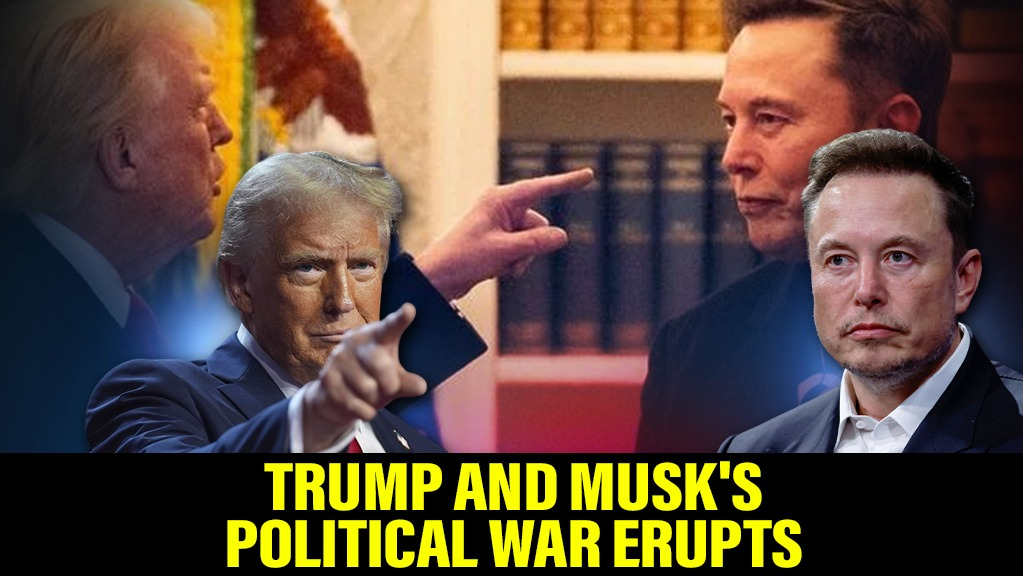
"Make My Day": Trump and Musk's Political War Erupts Over Four Core Issues, Threatening Tesla, SpaceX Contracts, and the Presidency
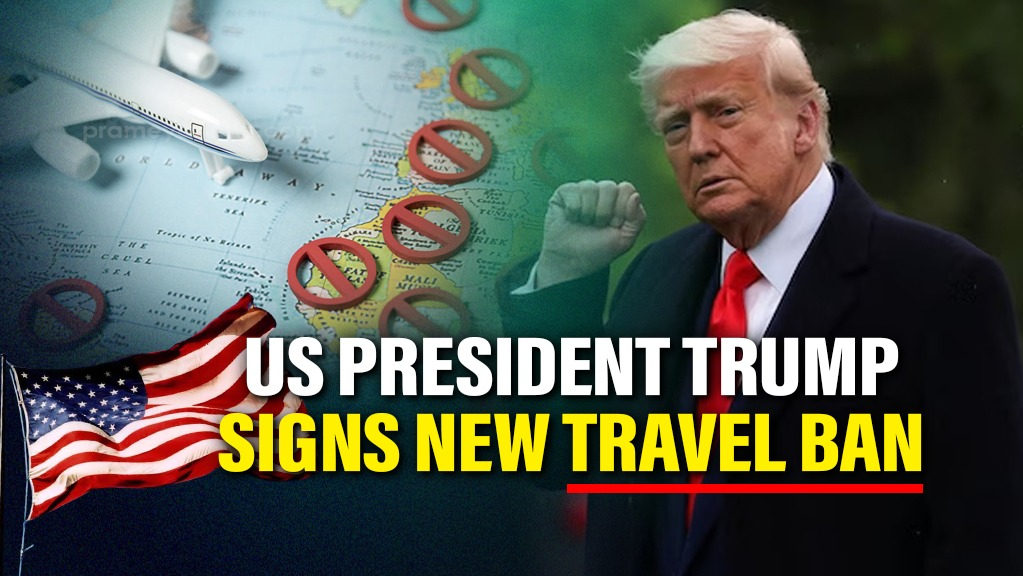
Post – Colorado Attack, Trump Signs Proclamation Banning Entry from 12 Countries, Restricting 7 More

Principal Secretary to PM Dr. P K Mishra reaffirms India's commitment to global disaster resilience efforts

FBI Arrests Chinese Nationals for Smuggling Crop-Killing Pathogen into US – is it Agro-Terrorism?
